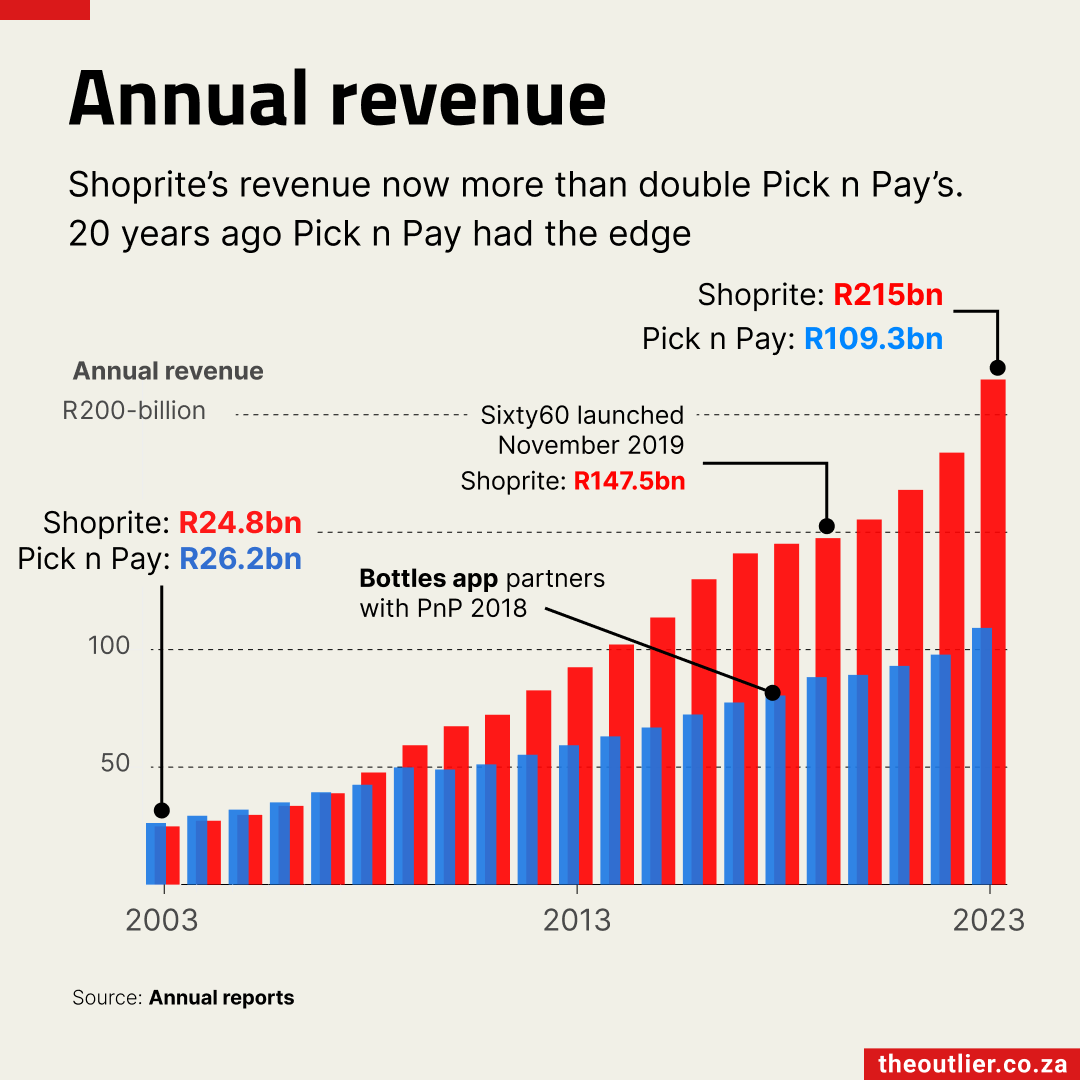include the types of decision making conditions in the above
Decision-Making Conditions in the Acquisition of Stores from Pick n Pay by Shoprite Holdings
When Shoprite Holdings decided to acquire stores from Pick n Pay and open new locations under its brand, various decision-making conditions influenced this process. These conditions alter the nature of decision-making significantly, reflecting the complexity of the acquisition landscape.
Types of Decision-Making Conditions
-
Certainty: In circumstances of certainty, managers have a clear understanding of both the data and the outcomes associated with their choices. Shoprite management was aware of its strong operational metrics, market position, and internal capabilities. This level of certainty allowed for informed decisions regarding the potential benefits of acquiring stores from Pick n Pay, as managers could accurately evaluate performance indicators and financial prospects (BusinessLive, 2025).
-
Risk: In situations characterized by risk, managers must make decisions with incomplete information and potential variability in outcomes. For example, while the acquisition could enhance market presence, risks involved might include financial overhead, cultural misalignments, and customer retention challenges. Shoprite’s managers had to quantify these risks against the expected gains, making decisions on how to proceed with the acquisition (IAG Merger, 2023).
-
Uncertainty: Uncertainty represents a condition where decision-makers face unknown variables that could significantly impact outcomes. Given that the integration of Pick n Pay stores involved numerous unknowns—such as employee reactions, customer responses, and operational synergies—management had to leverage strategic planning and sensitivity analysis. This might involve creating contingency plans in case of unforeseen integration challenges (Rozendal Partners, 2022).
-
Ambiguity: Ambiguity arises when outcomes are unclear and may come from conflicting or incomplete information. For instance, while Shoprite knew the financial metrics of Pick n Pay, they had less clarity on customer brand loyalty and perceptions of both companies. This kind of ambiguity necessitates a flexible decision-making process, allowing managers to adapt strategies as new information emerges (Training Magazine, 2024).
Integrated Theory and Application
Understanding these types of decision-making conditions aligns with theories of strategic management. The SWOT analysis served as a practical framework for Shoprite, allowing managers to identify both the strengths and weaknesses of their own operation as well as those of Pick n Pay. This integration enabled them to navigate certainty and uncertainty effectively.
Furthermore, Kotter's Change Management Theory emphasizes the importance of clear communication and vision during periods of ambiguity and uncertainty. The management’s ability to articulate a compelling reason for the acquisition and the steps involved ensures that all stakeholders understand and are on board with the strategic direction, leading to a smoother transition.
Conclusion
In conclusion, the decision to acquire stores from Pick n Pay involved navigating a spectrum of decision-making conditions, including certainty, risk, uncertainty, and ambiguity. By effectively employing strategic planning frameworks and adaptable theories, Shoprite Holdings was able to make informed decisions that not only aligned with its growth objectives but also anticipated challenges associated with the acquisition and the opening of new stores.
Reference List
-
BusinessLive. (2025). The power of capital allocation: how Shoprite outgrew Pick n Pay. Retrieved from BusinessLive.
-
IAG Merger. (2023). Take A Deep Dive Into M&A Decision-Making. Retrieved from IAG Merger.
-
Rozendal Partners. (2022). A tale of two grocers. Retrieved from Rozendal Partners.
-
Training Magazine. (2024). 8 Best Practices for Successfully Integrating Workforces After an Acquisition. Retrieved from Training Magazine.
-
CliffsNotes. (2023). Shoprite case study. Retrieved from CliffsNotes.
This reference list includes critical sources that highlight the various decision-making conditions pertinent to the acquisition process undertaken by Shoprite Holdings, enhancing the understanding of the rationale behind their strategic choices.### Decision-Making Conditions in the Acquisition of Pick n Pay Stores by Shoprite Holdings
When Shoprite Holdings decided to acquire stores from Pick n Pay and open new locations under its brand, the decision-making process was characterized by several distinct conditions. These conditions influenced how the management approached the acquisition strategy, illustrating the complexities inherent to such business decisions.
Types of Decision-Making Conditions
-
Certainty Conditions:
In some aspects of the decision-making process, Shoprite operated under conditions of certainty—where the data and expected outcomes were relatively clear. This is evident in the financial analyses and market performance metrics available to Shoprite's management. For instance, the strong growth trajectory of Shoprite positioned it well to capitalize on the competitive weaknesses identified within Pick n Pay, including declining market share and operational inefficiencies (BusinessLive, 2025). -
Risk Conditions:
Managerial decisions can also be made under risk conditions, meaning that there is only partial information on the potential outcomes. While Shoprite's management had robust data on its strengths and the market landscape, uncertainties around integrating Pick n Pay's operational model and potential cultural clashes posed risks. Managers had to forecast how the acquisition would affect customer loyalty, employee retention, and overall operational efficiency, which required careful risk assessment strategies (Rozendal Partners, 2022). -
Ambiguity Conditions:
Certain elements of the acquisition were shrouded in ambiguity. For example, the effectiveness of merging two distinct company cultures—Shoprite's corporate culture with that of Pick n Pay—was uncertain. Managers needed to address workforce concerns and plan for behavior change management. This condition required them to anticipate employee reactions to the acquisition and strategize for smooth integration (Training Magazine, 2024). -
Complex Conditions:
The regulatory environment surrounding mergers and acquisitions often adds complexity to decision-making. In this case, Shoprite navigated complex legal frameworks, ensuring compliance with competition laws and obtaining the required approvals from regulatory bodies like the Competition Commission. Management had to work closely with legal advisors to align the acquisition strategy with regulatory expectations, which often adds time and complexity to the decision-making process (Competition Commission, 2024).
Integrated Theory and Application
To effectively navigate these decision-making conditions, management could utilize integrated theories that focus on strategic decision-making processes. SWOT analysis (Strengths, Weaknesses, Opportunities, Threats) was likely applied to identify the potential advantages of acquiring Pick n Pay stores while also recognizing associated risks and drawbacks. This theoretical framework allowed the management team to assess both internal capabilities and external market conditions, thus informing their decision-making under conditions of risk and complexity.
Additionally, employing Kotter’s Change Management Framework can guide leadership through the nuances of integrating acquired stores. By establishing urgency and creating a clear vision for integration, management could address both the ambiguities and complexities of cultural alignment—and ultimately foster a more cohesive organizational structure post-acquisition.
Conclusion
The decision by Shoprite Holdings to acquire stores from Pick n Pay and open new locations is a complex process influenced by various decision-making conditions. By acknowledging factors of certainty, risk, ambiguity, and complexity, managers can effectively navigate the intricate landscape of mergers and acquisitions. Utilizing integrated management theories, such as SWOT analysis and change management frameworks, allows for a structured approach to decision-making in the face of these differing conditions.
Reference List
-
BusinessLive. (2025). The power of capital allocation: how Shoprite outgrew Pick n Pay. Retrieved from Business Live.
-
Rozendal Partners. (2022). A tale of two grocers. Retrieved from Rozendal Partners.
-
Competition Commission. (2024). Media Statement on the acquisition of Pick n Pay Liquor. Retrieved from Competition Commission.
-
Training Magazine. (2024). 8 Best Practices for Successfully Integrating Workforces After an Acquisition. Retrieved from Training Magazine.
This reference list highlights key sources that provide insight into the decision-making conditions relevant to Shoprite Holdings’ acquisition process.
Sources


Related Questions
Work fast from anywhere
Stay up to date and move work forward with BrutusAI on macOS/iOS/web & android. Download the app today.
